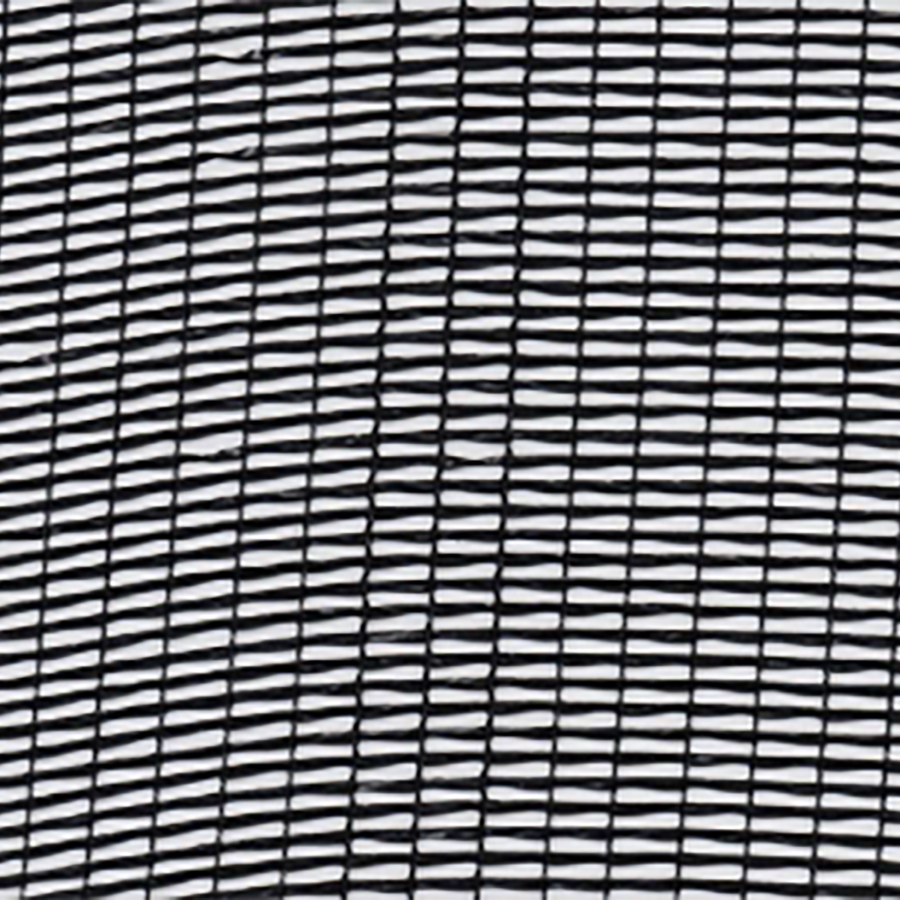Shade netting is a woven or knitted fabric specifically designed to block sunlight. Made from high-density polyethylene (HDPE), it offers a range of benefits for creating shade solutions in various applications.
Key features of shade netting:
Sun control: Blocks UV rays, reducing heat and creating cooler areas.
Permeability: Allows air to pass through, which is crucial for ventilation, especially in greenhouses.
Durability: HDPE construction makes it resistant to weather and wear.
Variety: Available in different weave densities, offering various levels of shade intensity.
Applications of shade netting:
Greenhouses: Controls temperature and protects plants from excessive sunlight.
Patios and decks: Creates comfortable outdoor living spaces.
Sport and recreation areas: Provides shade for benches, playgrounds, or sports fields.
Agriculture: Protects crops from harsh sunlight and promotes healthy growth.
Construction sites: Provides shade for workers and helps control dust.
Benefits of using shade netting:
Improved comfort: Creates cooler and more enjoyable outdoor areas.
Plant protection: Regulates sunlight exposure for optimal plant growth.
Reduced energy costs: Lowers cooling needs in greenhouses and buildings.
Durability and cost-effective: Provides long-lasting shade at a reasonable price.
Shade: 30% I 50% I 65%
Width: 1,50m – 3,00m
Color: Black
Applications:



We offer a complete line of Plastic Screens and Tarpaulins, with production technology in Extrusion, Weaving and “Blow Film” Extrusion. Ideal to serve the most varied segments and uses.